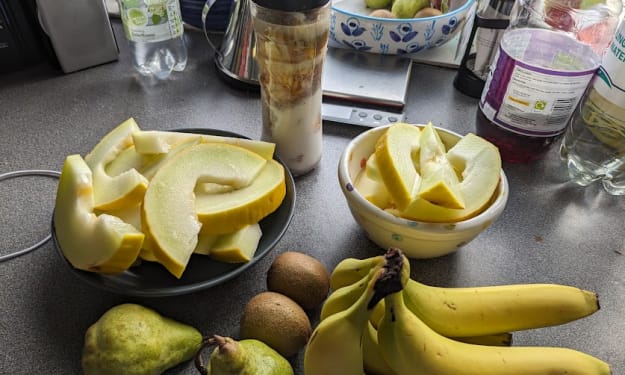The Truth About Bottled Water
Overpriced? Maybe. But some of it actually isn't a ripoff.

In this day and age, where logos are virtually everywhere—from old-fashioned billboards to those annoying pop-up ads—there seems to be a significance in what we refer to as a "brand." What we call brands is really just a reputation tagged onto a few colors, a name, and a "look" (or style that all the products of that brand have in common).
Dasani. Aquafina. Crystal Geyser. Fiji. Voss. Smartwater. How many of them have you heard of? Probably all of them. Don't you just love walking down that drinks aisle and seeing them all shelved right next to each other? It seems almost laughable. Water is just... well, water. It tastes pretty much the same and looks the same, so what's the deal?
When it first started in the twentieth century, bottled water was expensive and limited to luxury import brands that came in fancy glass bottles. Vintage Evian bottles weren't too different from wine bottles and had pretty pink labels with French scrawled all over it in a classic, romantic font. Then somebody invented plastic and companies decided that they could get away with filling those bottles up with tap and selling that, and believe it or not, it worked.
PepsiCo's Aquafina got away with this, and that's why it still exists today; it's labeled as coming from a "public water source" and is a total ripoff, like the rest of the 47 percent of bottled water sold in the U.S.
The remainder of what is sold is comprised of water that's either collected at a special location, or has received special treatment. Artesian water (such as Voss or Fiji) is water that comes from a confined aquifer; mineral water (as in Calistoga) is groundwater that naturally contains a certain amount of minerals, and spring water (such as Arrowhead) is collected from springs. Distilled water (like Smartwater) is water that has been purified through condensation of boiled water, and is what we like to refer to as true "pure water" that doesn't have any microbes or minerals in it.
At the end of the day, though, it's all water, so does it really matter, or is it just the brand—those exotic countries or marketing strategies that include words like "classy" and silver-colored caps? You decide.





Comments
There are no comments for this story
Be the first to respond and start the conversation.